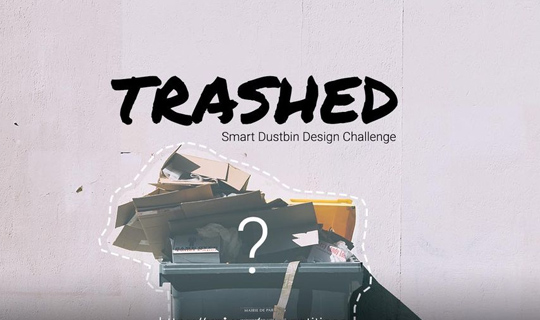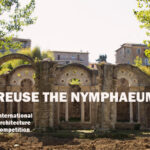Submission: November 2, 2021
Registration: November 1, 2021
Language: English
Location: Worldwide
Prizes: $24000
Type: Industrial Design
The challenge of the competition is to design a public trash can/bin of dimension 2m x 2m for the 21st century while encouraging people to use it, through its design. The aim of the challenge is to understand how design can be a tool to incentivize the act of using trash bins. The design of trash bins can experiment with unconventional forms. The design must be able to capture the attention of people, passing by it. The aesthetic must be balanced with the functional purpose of bins.
The Hazard of Unending Garbage
Cities are grounds for most of our stubborn, wasteful practices. The daily commute in automobiles, power consumption by our appliances, buildings, shopping trends, our entire lifestyle is the never-ending source of wastes that end up spending many centuries in landfills.
Waste generation is a major concern today, contributing to pollution and climate change. About 3.4 billion tons of wastes are expected to be generated globally, by the year 2050. Even though it is a problem that has to be tackled by capitalism on a larger scale, reduction of waste can be done with individual efforts as well. Urbanization has made cities the epicenter for waste generation, causing deterioration of hygiene and sanity. Landfills are more than just eyesores, they contain toxins, polluting air, land, and groundwater. While the methods to manage this amount of waste are evolving, they are not efficient enough to handle the inflow. Can we avoid or reduce the amount of trash that will end up in landfills?
Trash bins are public facilities that are made to be accessible to all types of users, without hassle. Systems can be incorporated to ease use and add sophistication to the process of disposal. These bins are designed to promote conscious and efficient disposal of trash, so its material or technique used, must not harm the environment.
Competition Objectives
Concept – The idea of incentive must be incorporated in the design. Aesthetics may involve material usage and color palette.
Compact – The bin must be transportable, modular, and easy to install
Convenience – Efficient working, disposing, or storing of waste. Easy access and system use.
Technology – How can incentives be enabled via tech? How can waste management be optimized via software or big data?
Economic – the design must be applicable in large numbers and different regions
ELIGIBILITY
+ The competitions are open for students and professionals from all the disciplines of design.
+ The team limit for this competition is 4 members maximum per team.
+ You can register more than one team but they have to be registered separately.








